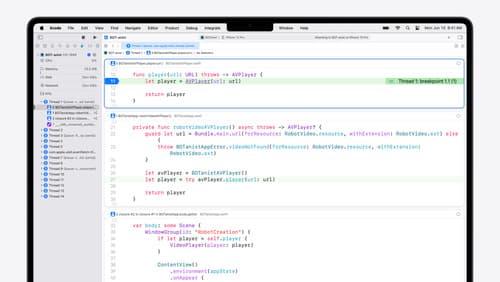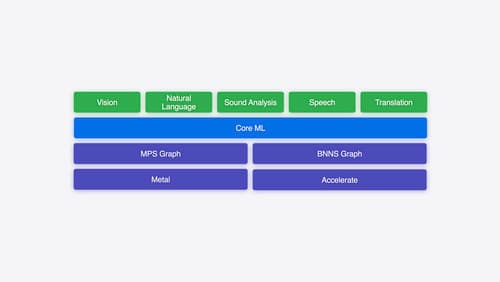How do I run stable diffusion on my iPhone?
Asked on 2024-07-16
144 searches
To run Stable Diffusion on your iPhone, you can follow these steps:
-
Model Preparation:
- Start with a PyTorch model of Stable Diffusion.
- Convert the model into Core ML format using Core ML tools. This involves optimizing the model representation and parameters to achieve great performance while maintaining good accuracy.
-
Optimization:
- Use Core ML tools to optimize your model. Techniques such as quantization and efficient key-value caching can be leveraged to enhance performance.
-
Integration:
- Integrate the model with Apple frameworks to load and execute it within your app. Core ML optimizes hardware-accelerated execution across the CPU, GPU, and Neural Engine.
-
Running the Model:
- Use the Core ML framework to run the model within your app. Core ML includes tools to further optimize the performance of your model.
For a detailed walkthrough, you can refer to the session Explore machine learning on Apple platforms (07:32).
Additionally, the session Deploy machine learning and AI models on-device with Core ML (14:15) provides a demo on using an open-source Stable Diffusion model and modifying a diffusers app from Hugging Face to generate images from text.
Relevant Sessions:
- Explore machine learning on Apple platforms
- Deploy machine learning and AI models on-device with Core ML
- Platforms State of the Union
These sessions will guide you through the process of preparing, optimizing, and running machine learning models, including Stable Diffusion, on Apple devices.

What’s new in Xcode 16
Discover the latest productivity and performance improvements in Xcode 16. Learn about enhancements to code completion, diagnostics, and Xcode Previews. Find out more about updates in builds and explore improvements in debugging and Instruments.

Bring your machine learning and AI models to Apple silicon
Learn how to optimize your machine learning and AI models to leverage the power of Apple silicon. Review model conversion workflows to prepare your models for on-device deployment. Understand model compression techniques that are compatible with Apple silicon, and at what stages in your model deployment workflow you can apply them. We’ll also explore the tradeoffs between storage size, latency, power usage and accuracy.

Explore machine learning on Apple platforms
Get started with an overview of machine learning frameworks on Apple platforms. Whether you’re implementing your first ML model, or an ML expert, we’ll offer guidance to help you select the right framework for your app’s needs.
